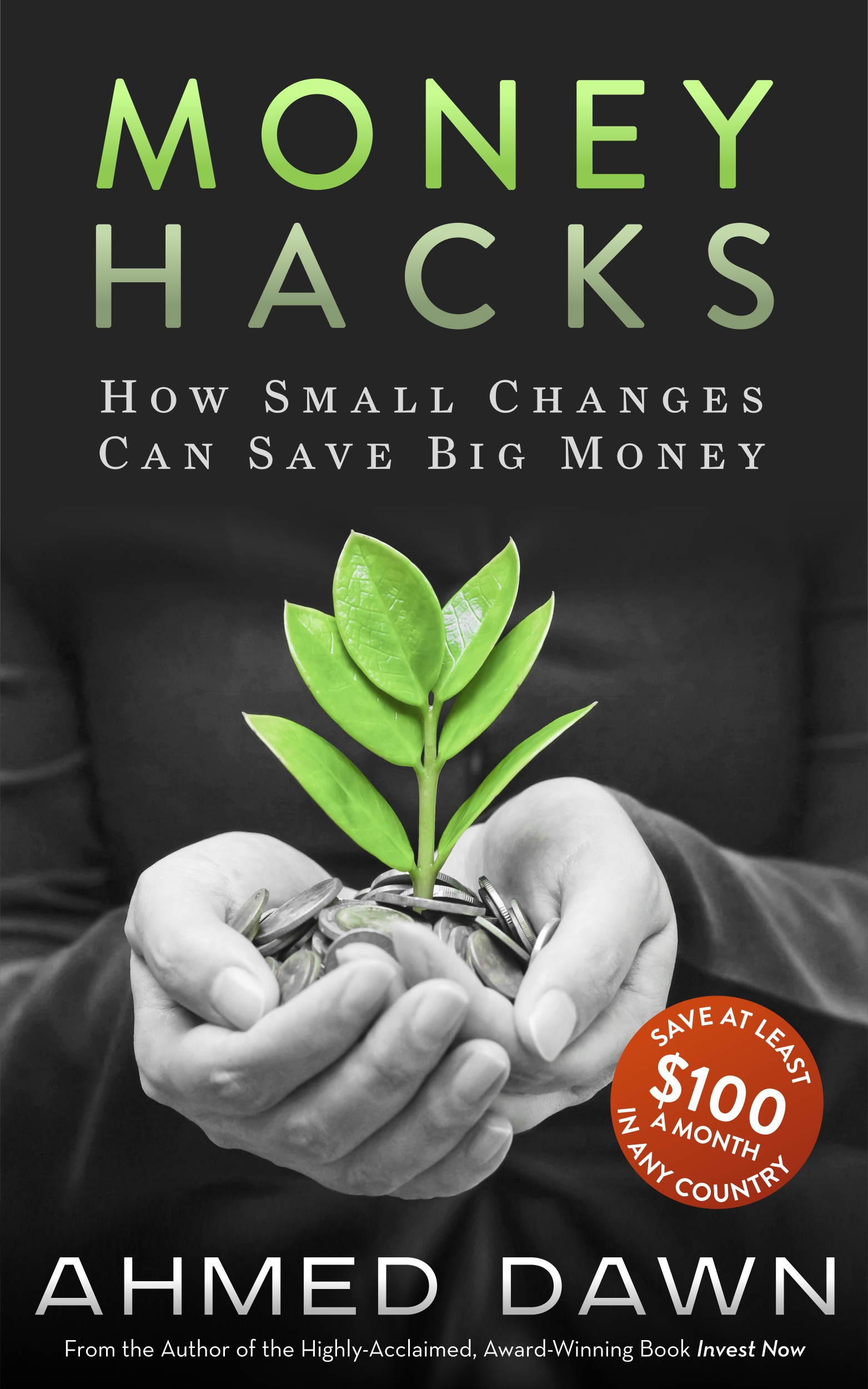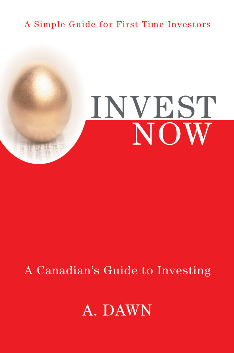What Is An ETF (Exchange Traded Funds)?
/Exchange-Traded Funds (ETF)
First Published: ADawnJournal.com March 28, 2010
What Is An ETF?
An ETF is a type of investment product that trades on an exchange like a stock. However, unlike a stock an ETF is not made of a single entity. An ETF is made of a group of investments. These groups can be a group of stock, bonds, natural resources, commodities, precious metals, etc. In most cases, an ETF follows an Index, as an Index is already made of a group of stock (or other investment products).
Advantages of ETFs
Lower Cost – The ongoing cost of holding ETFs (called Management Expenses Ratio or MER) is lower than mutual funds or index funds. For example, An ETF MER can be in the range of 0.25% – 1.00%; a mutual fund or an index fund MER can run in the range of 1.00% – 3.50%.
Flexibility – ETFs offer more flexibility as they trade on the stock exchange and can be bought or sold throughout the day during regular trading hours. Mutual funds do not offer this option, as they can be transacted using the NAV (Net Asset Value) which comes out at the end of the day.
Diversification – As ETFs are made of a basket of varieties of investments, they provide broad diversification and convenience. It would be time consuming, a lot of hassle, and almost impossible to get the same level of diversification with anything else.
You See What You Get – A major advantage of holding ETFs is that at least you get the return of the underlying index the ETF is tracking. You know what you are getting and you see what you get. With mutual funds, it is totally different. In general, regular mutual funds are made of many individual stocks (or other types of investment products) and most of the time you will have a hard time seeing what you are getting.
Tax Advantage – Tax liabilities are created when trading occurs in the fund. Active fund managers are always buying and selling securities in regular mutual funds. When you sell your mutual funds, fund managers have to sell securities to provide you with cash for your sell. However, this is not the case when you sell your ETFs. When you sell your ETFs, trading can occur between other ETF units holders (in-kind trade) – triggering no capital gain. This means ETFs do not need frequent trading to pay an investor who wants to redeem his part. Less trading creates less tax liability and thus, minimal to none capital gains. However, ETFs do need to trade occasionally. This type of trading occurs when index changes (as they are tracking index).
Easier Asset Allocation – ETFs let you easily manage asset allocation as you are able to see your entire ETFs in one place (your trading account) and thus track and manage asset allocation easily.
Low Maintenance – ETFs allow you to hold a broad range of indexes with minimal supervision. Studies show that experienced ETF investors beat most professional fund managers with a fraction of time and effort spent.
Disadvantages of ETFs
Requires Investment Knowledge – Buying ETFs is not as easy as mutual funds. You need to have a trading account and need to be some sort of investment savvy to hold ETFs.
Brokerage Fees – Buying ETFs incur brokerage commission or trading fees – just like stock, you pay fees to buy and to see. This makes buying ETFs for smaller amounts not justifiable.
No Dollar-Cost-Averaging – Since ETFs incur fees each time and buy and sell, it’s not a good vehicle for dollar cost averaging.
Market Timing – Since ETFs are easy to trade, it may tempt investors to do market timing (buy and sell to chase returns) via frequent trading and thus incurring a lots of transaction fees. ETFs work best for long time investors.
How ETFs Choose Its Holdings or Products
ETFs mainly use two methods to pick its holdings. These are called: Market-capitalization /Cap-weighted indexing and fundamental indexing.
Market-capitalization /Cap-weighted indexing replicates a market as-is. In this methodology, bigger companies have greater influence. Most common indexes such as the S&P/TSX Composite and the S&P 500 use this method. In Canada iShares and in the U.S. Vanguard use this method to operate many equity ETFs.
Fundamental indexing picks stocks by looking at fundamentals (such as earnings, book value, sales, dividends etc), not by size. Fundamental indexing proponents argue that Market-capitalization /Cap-weighted indexing overvalues larger and undervalues smaller equities. So to get true value, stocks’ fundamentals, not sizes should be looked at.
There are other methodologies such as price-weighted indexing, equal- weighted indexing, etc. If you are looking for the best indexing, there is no clear answer. You need to do a little research to find the best one that suits your needs. If you are looking for the cheapest one, Market-capitalization /Cap-weighted ETFs are usually the winner.
How to Buy or Sell ETFs
Since ETFs trade on exchanges, you need a trading account (discount brokerage account) to buy ETFs; just the same way you would buy stocks. In Invest Now, I have mentioned how to open a trading account at an ease.
Are There Any ETFs In Canada?
Canada is the country that invented ETF. |The world’s first ETF traded on the Toronto Stock Exchange in March 1990. Here are some ETF providers in Canada:
iShares Canada – The oldest and largest ETF provider in Canada.
Horizons – Horizons offers AlphaPro and betaPro ETFs. Horizons AlphaPro is the only ETF family that is actively managed ETF in Canada. Horizons BetaPro offers leveraged and inverse leveraged ETFs to profit in both bull and bear markets.
Claymore ETFs – Claymore offers various innovative intelligent investment strategies ETFs. This is the only company that offers ETFs that can do DRIPs (dividend reinvestment plan) in Canada.
BMO Exchange Traded Funds – New player in the ETF markets and the only major Canadian financial group to offer ETFs.
TMXMoney has a section on Exchange Traded Funds and I strongly encourage you to visit it.
How to Build an ETF Portfolio
I recommend you read these two articles I wrote.
How to Build an Investment Portfolio
A Dawn Portfolio (I am still working on this project and will add a link once done)
Once you are finished reading, do some more research and do some more reading from various other sources to have a good grasp of ETF. And then, if you are confident enough, construct a suitable portfolio that fits your needs. If you are not comfortable figuring out on your own, seek help from professional financial advisors.
NB – Currently, I do not have any articles giving ETF ideas, examples of Indices ETFs track and so on. I will be writing more on these in the future.
How Risky Are ETFs?
No investments come without risk (except some fixed income products like money market instruments, T – Bills, etc). However, due to the fact that ETFs provide a broad diversification with a wide variety of investments, you may be able to reduce some risk.
Last Word
As I mentioned in Invest Now, investment is an art. As such, it requires discipline, hard work and consistency. Do not blindly follow any ETF model portfolios or tools just because it looks cool. You are different than anyone else – make an educated decision based on your time horizon, risk tolerance, financial goals, and your overall financial situation.













